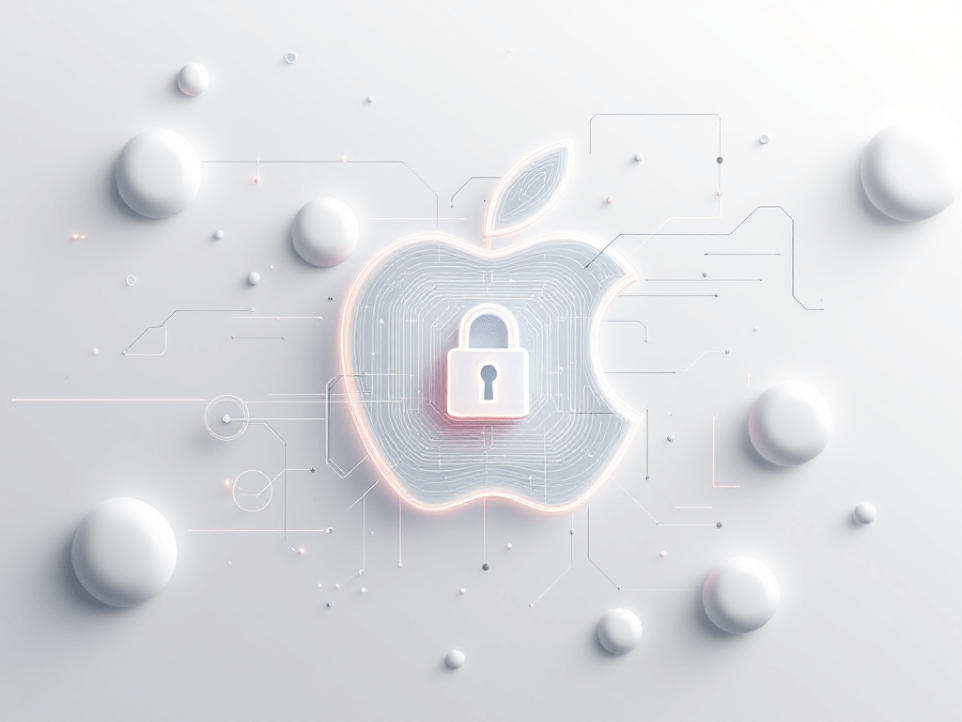Apple Privacy in AI: A Priority in AI Advancements with Synthetic Data
Why Apple Privacy in AI Is a Game-Changer
Hey there! Let’s talk about something that’s been making waves in the tech world: Apple Privacy in AI. As artificial intelligence (AI) becomes a bigger part of our lives, Apple is stepping up with a bold promise—pushing innovation without sacrificing your personal data. Their secret weapon? Synthetic data. This isn’t just tech jargon; it’s a revolutionary way to keep your info safe while making tools like Siri smarter than ever.
I don’t know about you, but I’ve always been a bit wary of how much of my data gets used in the name of “better tech.” So, when I heard about Apple’s approach, I had to dig deeper. Let’s unpack this together and see why it matters to you.
What Exactly Is Synthetic Data?
Picture this: data that looks and acts like the real thing but isn’t tied to any actual person. That’s synthetic data in a nutshell. It’s artificially created to mimic real-world patterns—think emails, search habits, or voice commands—without exposing anyone’s identity.
Why is this a big deal for Apple Privacy in AI? It tackles some of the trickiest issues in AI development, like:
- Filling gaps when real data is scarce or too sensitive to use.
- Protecting user info from leaks or misuse.
- Cutting down on biases that often creep into AI models.
Apple’s bet on synthetic data isn’t just smart—it’s setting a new standard for ethical tech. Curious how they pull it off? Let’s dive into the details.
How Apple Uses Synthetic Data to Protect You
Apple’s ecosystem—think Siri, your iPhone’s email tools, or even photo features—relies on synthetic data to get better without snooping on your personal stuff. Here’s a quick peek at their process:
- Creating Fake Data: Apple generates synthetic content, like mock emails about scheduling or updates, that mirrors real user behavior.
- Turning It Into Insights: This data gets transformed into “embeddings”—basically summaries of patterns like tone or topic.
- Keeping It Local: On your device, these embeddings are compared to your real data without anything leaving your phone.
- Sharing Safely: Only anonymized feedback goes back to Apple, showing trends without pointing fingers at anyone.
This on-device magic is a cornerstone of Apple Privacy in AI. Unlike some tech giants, Apple ensures your data stays with you. Pretty cool, right?
The Magic of Differential Privacy
Here’s another layer of protection: differential privacy. Apple uses this technique to add a bit of “noise” to data, making it impossible to trace back to any one person. It’s active in features like Siri’s voice tweaks, email summaries, and even those neat Photo Memories on your iPhone.
According to a detailed report by Thurrott, this method lets Apple improve AI while keeping individual data under wraps. It’s like having your cake and eating it too—innovation without intrusion.
Why Apple Privacy in AI Sets the Industry Bar
Apple isn’t alone in exploring synthetic data, but their commitment to user privacy makes them stand out. The AI industry is waking up to privacy concerns, with the synthetic data market projected to hit over $1 billion by 2027. Big players like Google and Nvidia are in the game too, but Apple’s focus on on-device processing—meaning your data never hits their servers—feels like a trustworthy edge.
What’s Next for Apple Intelligence?
Apple’s not stopping here. With updates like iOS 18.5 and macOS Sequoia 15.5 on the horizon, they’re rolling out synthetic data-driven upgrades. Expect sharper visual intelligence in Photos, better writing tools for apps like Notes, and notification summaries that actually make sense.
Honestly, I’m excited to see how these changes play out. Have you noticed Siri getting smarter lately? I’d love to hear your experiences in the comments!
Quick Tips to Maximize Apple’s Privacy Features
Want to make the most of Apple’s privacy focus? Here are a few easy steps:
- Enable Device Analytics in your settings to help Apple improve without sharing personal data.
- Keep your iOS updated for the latest privacy enhancements.
- Use features like App Tracking Transparency to control what apps see.
These small tweaks can go a long way. Check out the visual below for a quick guide on finding these settings on your device!
The Bigger Picture: Ethical AI for Everyone
Let’s zoom out for a second. Apple’s push for Apple Privacy in AI isn’t just about their products—it’s about shaping the future of tech. By leaning on synthetic data, they’re proving you don’t have to trade privacy for progress. It’s a win for users like us who want smarter tools without feeling like we’re under a microscope.
I remember worrying about every app update potentially exposing more of my life. Seeing Apple take this stand feels like a breath of fresh air. What about you—do you feel safer with these advancements?
Wrapping Up: Apple’s Privacy Promise
At the end of the day, Apple’s use of synthetic data in AI development is more than a tech trick—it’s a commitment to user trust. They’re paving the way for ethical AI, balancing cutting-edge features with rock-solid privacy. As this approach grows, I’m betting other companies will follow suit.
I’d love to hear your thoughts! Have you felt the impact of Apple Intelligence yet? Share your story in the comments, and let’s keep this conversation going. If you found this helpful, explore more on our site for deeper dives into tech and privacy.
Sources
- “Apple Details Its New Privacy-Focused Approach to AI Training,” Thurrott, https://www.thurrott.com/a-i/319749/apple-details-its-new-privacy-focused-approach-to-ai-training
